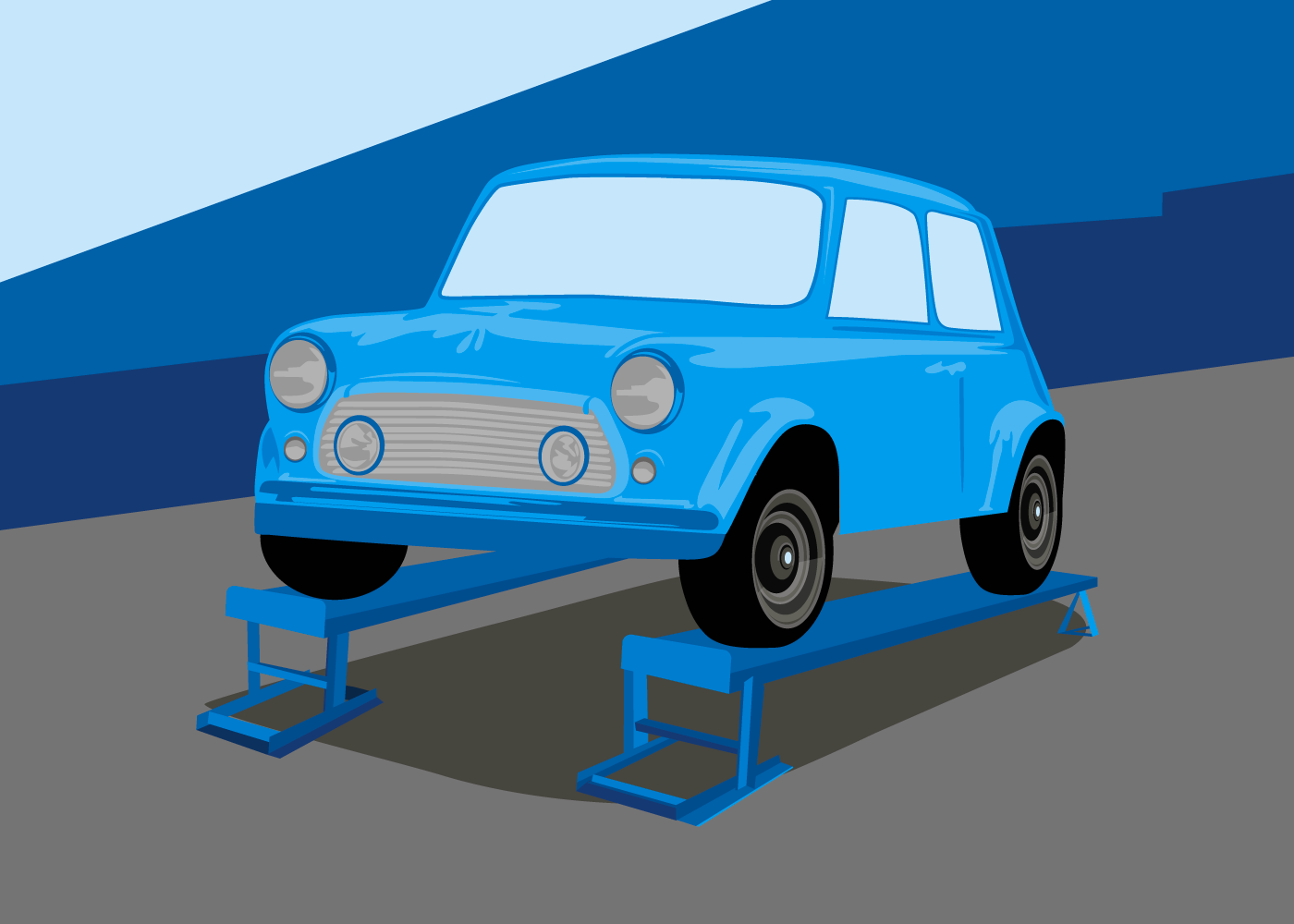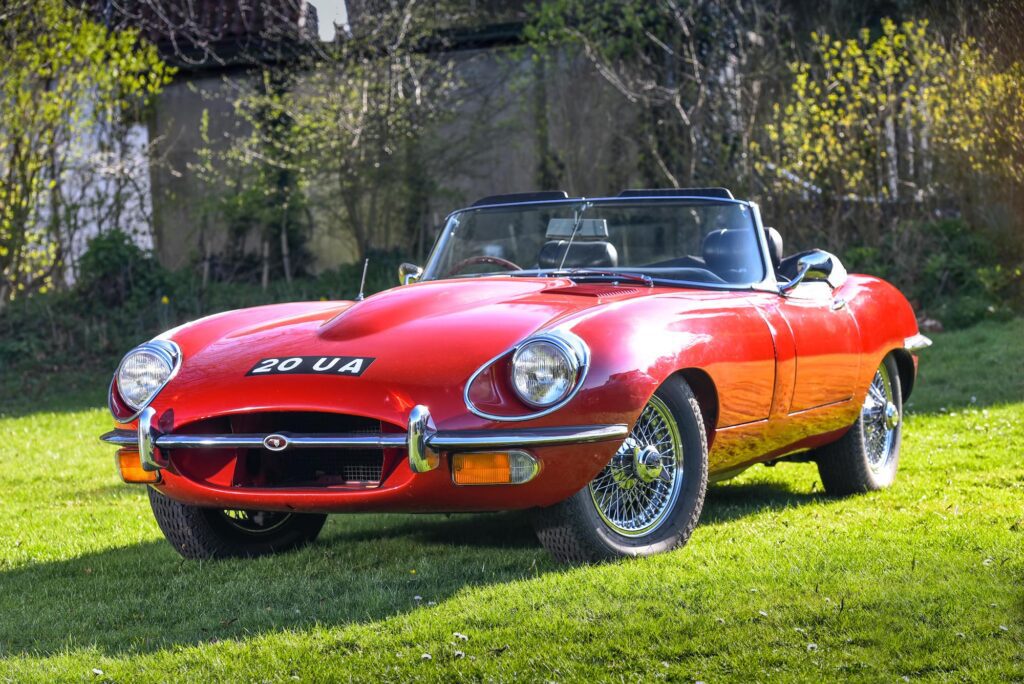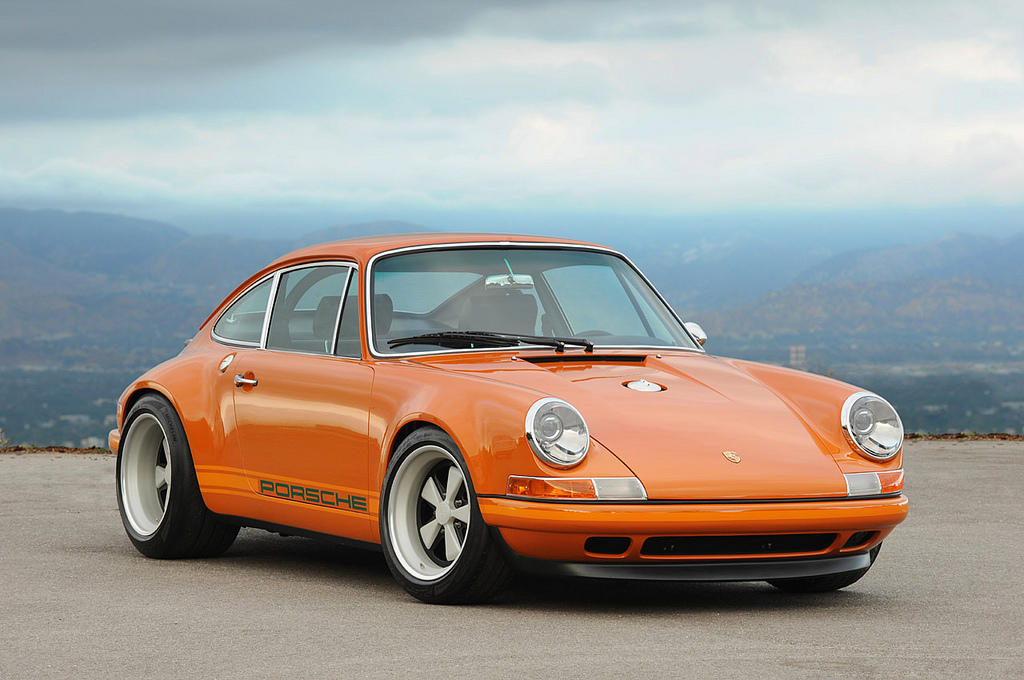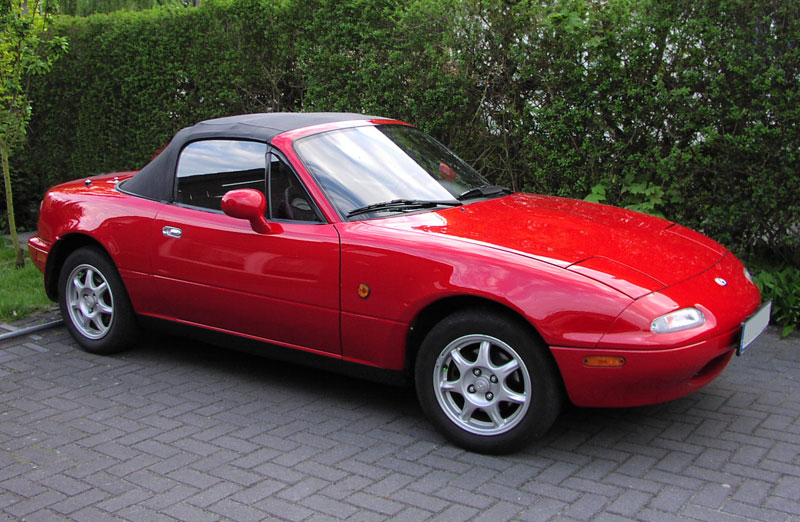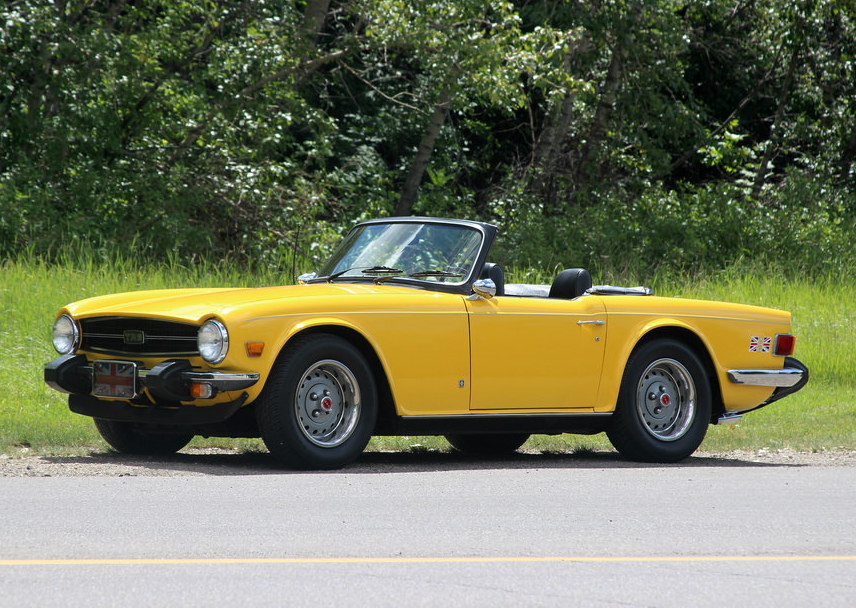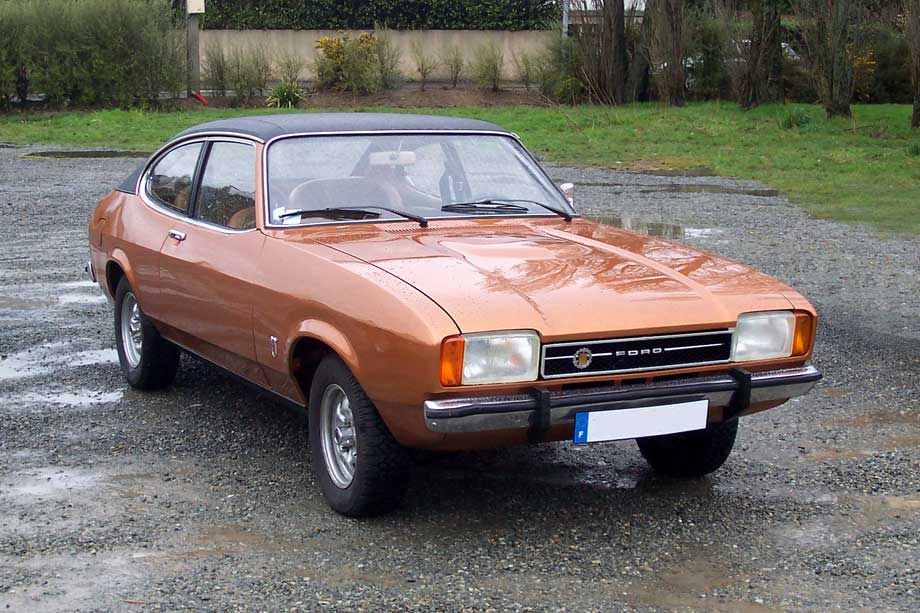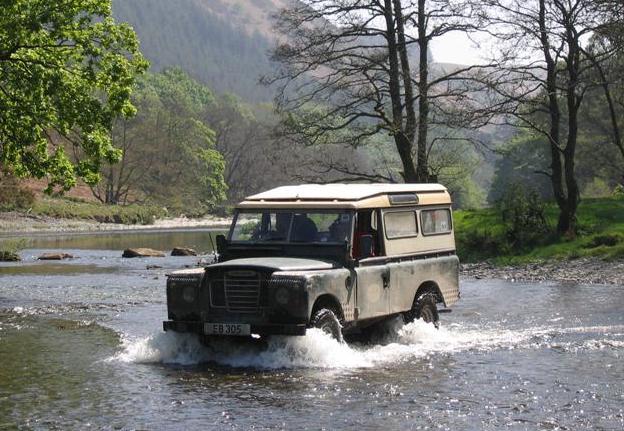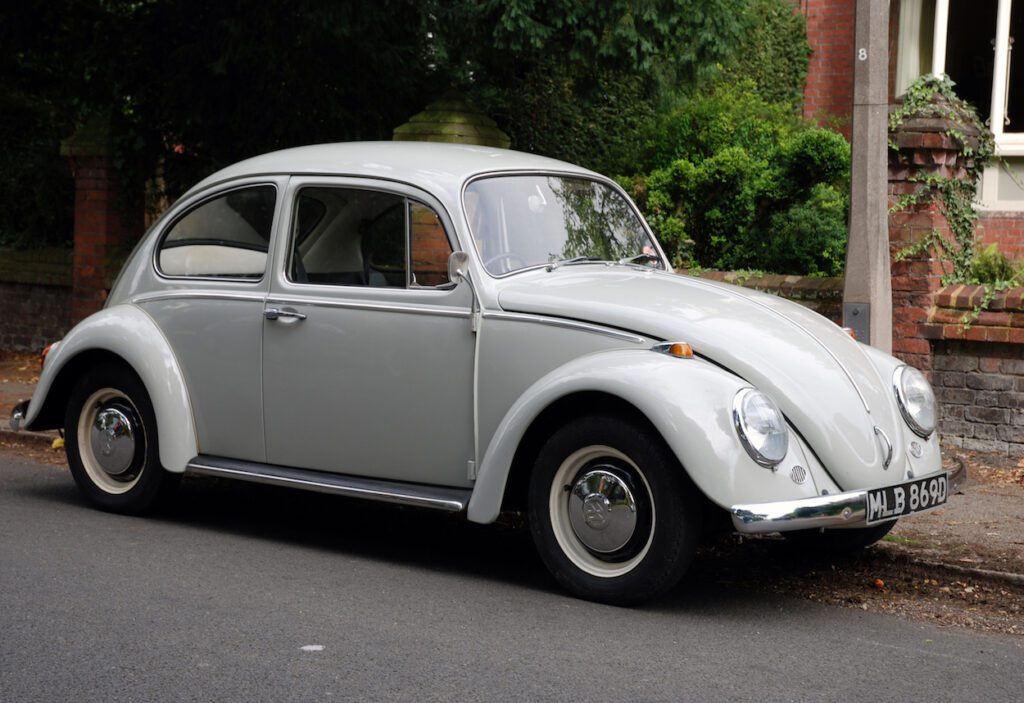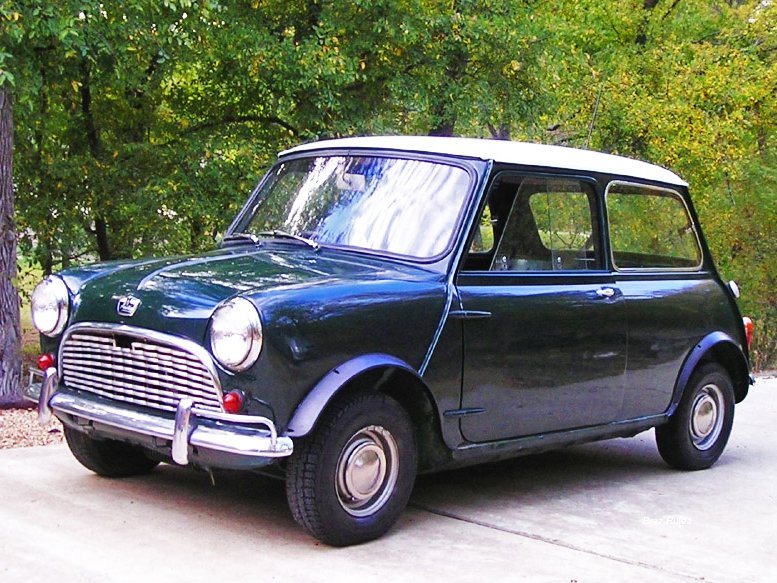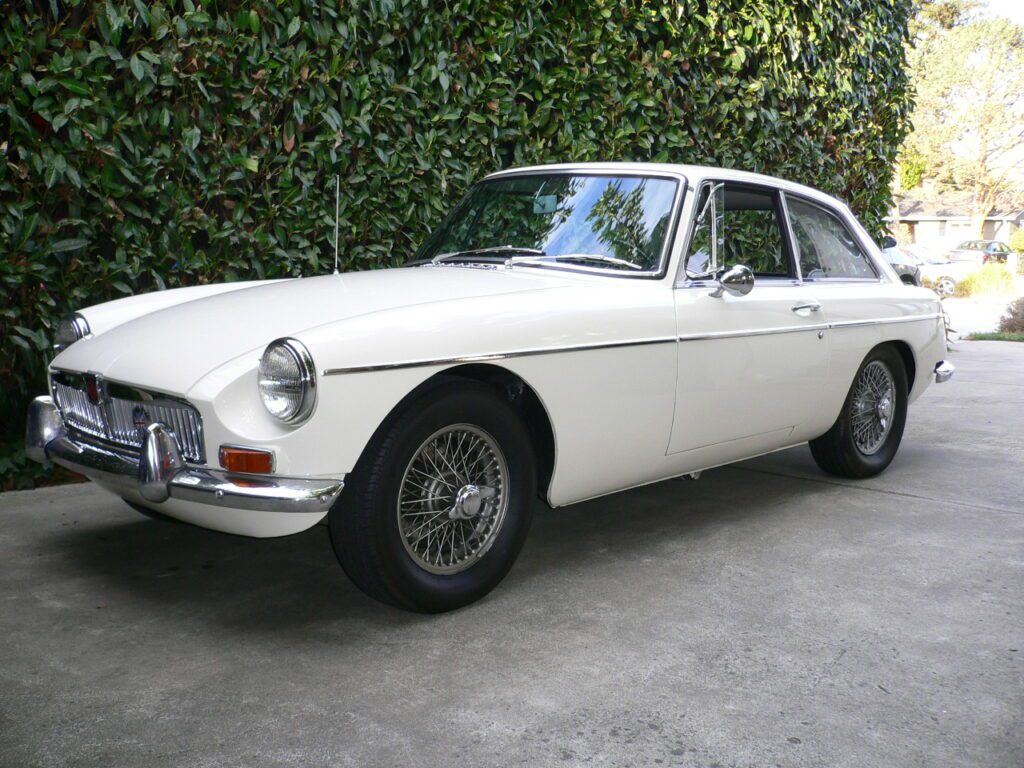Restoring a car is no easy undertaking and, unless you’re a professional with all the kit in the world, you’ll almost certainly need some help along the way.
But some classic cars lend themselves to the painstaking task of owner-restoration more than others – for example we’d steer clear of the Citroen DS’s hydropneumatic suspension or the Jaguar XJS’s complex powerplant.
As well as ease of work, you’ll also need to go for something with a ready supply of spare parts and, hopefully, a car that will recoup your outlay if you choose to sell it.
So if you’re looking for something to buy as a project car, here are our top 10 cars to restore.
